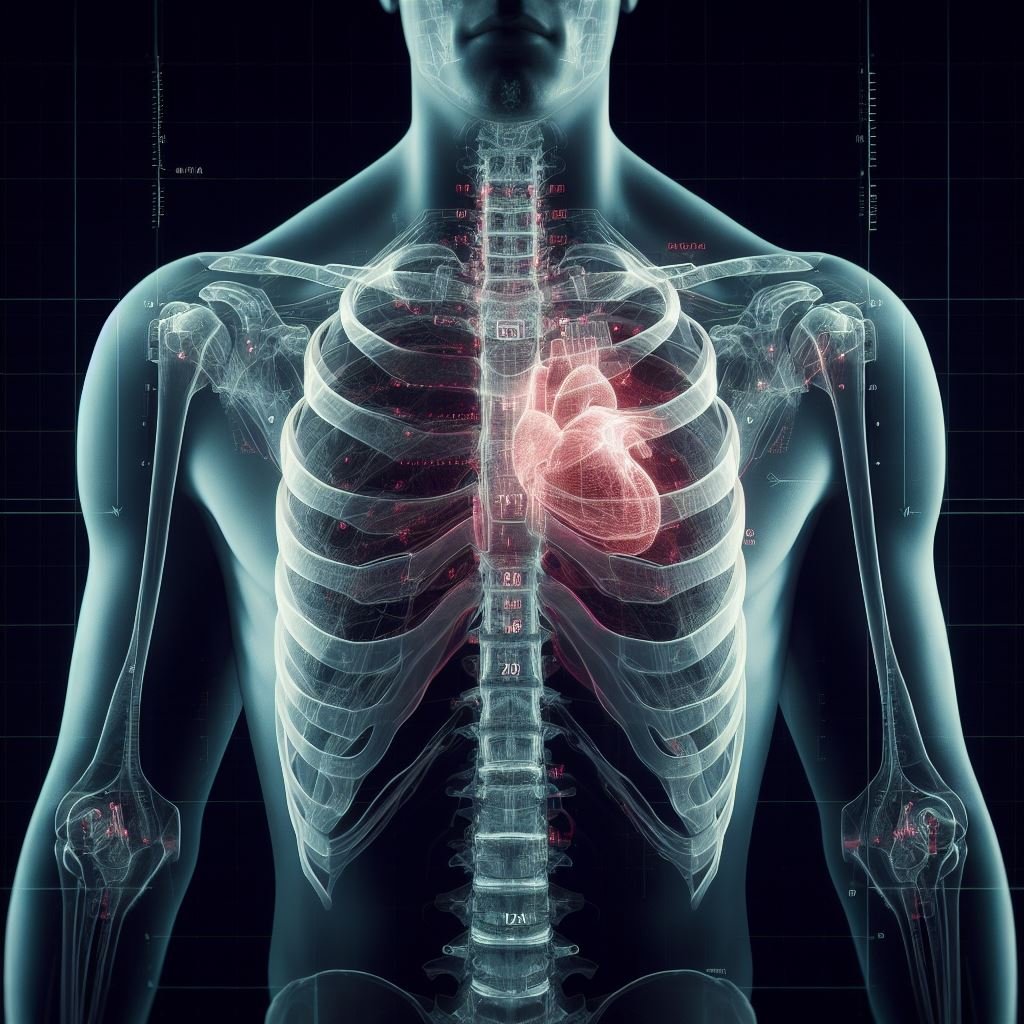AI can now predict your lifespan through chest radiographs
Last month, Japanese scientists developed an accurate method for predicting people’s biological age with AI. The model can even detect diseases like diabetes in its assessment!
Age is more than just a number. While chronological age refers to the actual time a person has been alive, biological age represents how healthy a person is. It’s influenced by genetic factors, lifestyle choices, and environmental exposures.
First example of X-Rays as a biomarker for ageing
The team from Osaka Metropolitan University utilized chest radiographs, commonly known as chest X-rays, as a measurable indicator of a person’s biological age. They trained an AI model on these radiographs collected from different medical facilities.
The model was able to estimate the chronological age of healthy individuals with impressive accuracy (plotted right).
However, even more impressive is its ability to assign an older biological age to patients with asthma, diabetes, lung diseases, and many other conditions. The latter predictions were studied with statistical analysis which corroborated their validity.
The implications of this technology on the future of medicine are profound:
In the realm of personalized medicine, this AI model could be used to tailor more effective and targeted interventions based on biological age, rather than their chronological age.
In terms of personal health, individuals could use this technology to monitor their own biological age and make lifestyle adjustments to slow its progression. This is especially relevant in concurrence with the ground-breaking advancements in anti-ageing supplementation from scientists such as David Sinclair (related video below)
Having measurable indicators of health improvements could empower individuals to take control of their own well-being and potentially prevent the onset of age-related diseases.
For researchers, this technology opens up new avenues for further understanding the aging process and the impact of various factors on biological age. It could also be used in clinical trials to stratify participants based on their biological age, leading to more accurate results.
Thank you for reading, and see you next week!
Feel free to message your thoughts and send through suggestions for future newsletters below.


